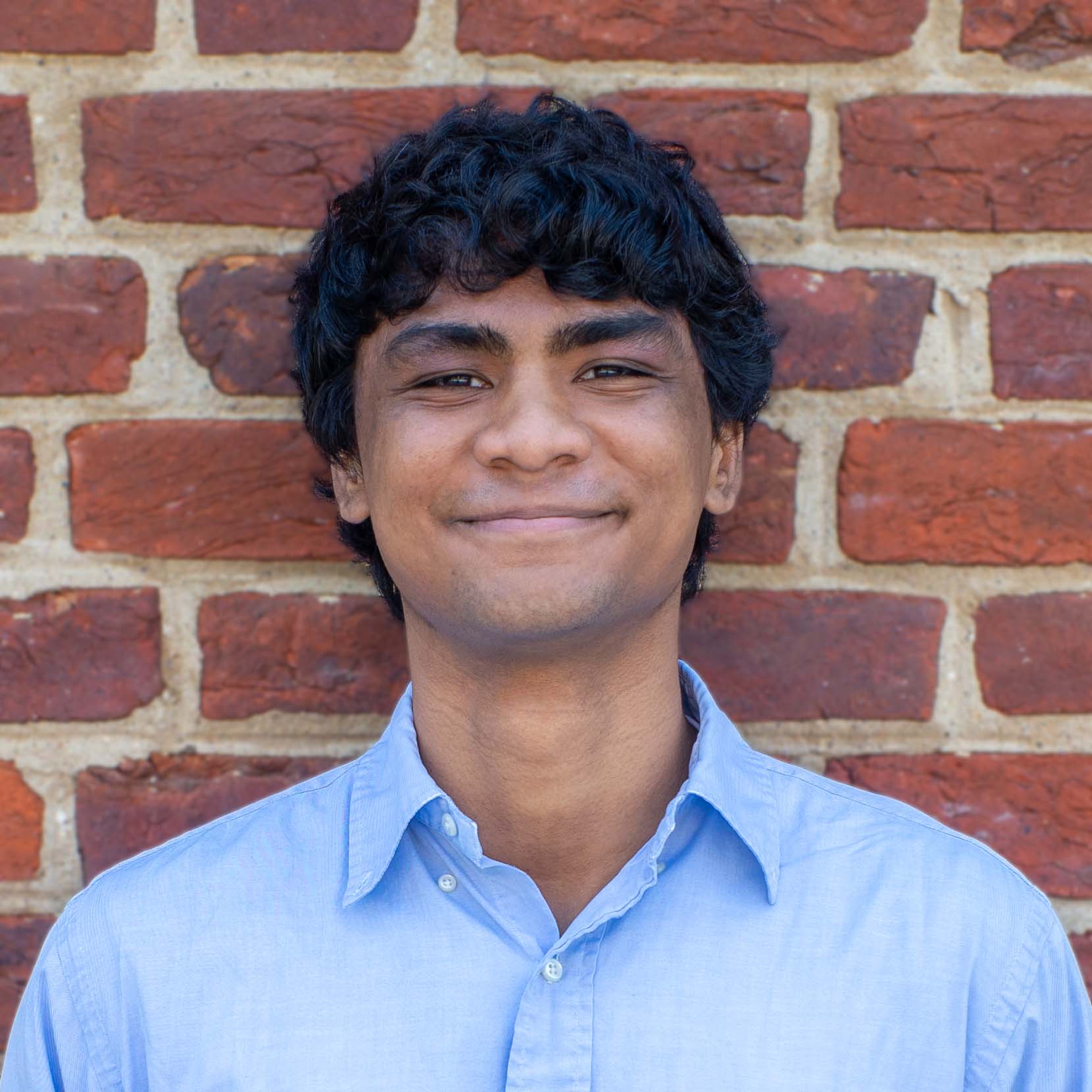Undergraduate Research
Published:
Background
As a chemistry major at UVa, I’ve had the chance to take a wide variety of classes that introduced me to a variety of topics I didn’t know I’d be interested in let alone that they exist. A prime example of this is group theory which is used in Inorganic Chemistry to describe the necessary symmetry atomic orbitals must possess in order to form bonds. The notion of symmetry is introduced at a young age, yet we tend to disregard it as we get older. That is a grave mistake.
Symmetry pervades some of the most important theories and results of math and science making seemingly impossible problems solvable— providing elegant explanations to fundamental questions. All conservation laws in physics, for example, are based on symmetry of particular action. Time translational symmetry leads to energy conservation. Conservation of linear momentum stems from spatial-translation symmetry. Rotational symmetries to conserving angular momentum. There are many more.
Perhaps the two fields that pique my interest the most lie in quantum mechanics (QM) and statistical mechanics (SM) due their uncanny ability to explain very fundamental things. The math pervading the two are consequently very cool and fascinating. A recap of my work from 2023 can be found here. My PI is Dr. Sergei Egorov.
Quantum Mechanics
For QM, my project is based off of the work done by a colleague in Iceland, Alec. His undergrad thesis can be found here. As a brief summary, Alec used correlation functions in order to find the rate of effusion for a system that displays strong quantum mechanical effects. Namely, tunneling is a quantum phenomena where the probability of getting through a potential barrier that a particle classically doesn’t have suffiecient energy to surmount is non-zero. You can imagine a frictionless set of hills, one taller than the other, with a ball resting on the shorter hill. If you push the ball off the shorter hill, all its potential energy turns to kinetic, but it would not have enough energy to reach the top of the taller hill. Im the case of quantum mechanics, there is a non-zero probability that the ball could reach the top of the taller hill.
Returning back to the project itself, we are solving the time-independent Schrödinger Equation ($H \Psi = E \Psi$) for the Infinite Square Well, a common QM System, by employing a finite difference method. Subsequently, we take these exact results and compare them to the results of another method called Ring Polymer Molecular Dynamics (RPMD). Our overall goal is to corroborate the efficacy of RPMD, working towards a more holistic Quantum Transition State Theory (QTST). Classical TST is used to explain reactions in chemistry quite successfully. That said, it neglects quantum mechanical effects that are common in reactions involving very light species at low temperatures. Perhaps the most important cases are those involving Hydrogen atoms in catalysis. A paper talking about Hydrogen atom tunneling from the Journal of Physical Chemistry Chemical Physics can be found here.
Statistical Mechanics and Soft Matter
For my work in Soft Matter, I explore the generalized Gaussian-Core Model $\phi_{i, j} (r) = \varepsilon_{i, j} e^{- \left( \frac{r}{\sigma_{i, j}} \right)^n}$ which is an inter-particle potential between two species, i and j. Qualitatively, we see that for $n \geq 2$, the species as a whole will crystallize solely through entropic interactions. As such, exploration of this potential is useful for modeling the behaviour of self-assembling systems called “cluster crystals.” The existence of such species were experimentally found in a recent publication shown here. My current work is based off of Dr. Likos’ paper here, and I am currently collaborating with one of his graduate students for further exploration of the potential.
